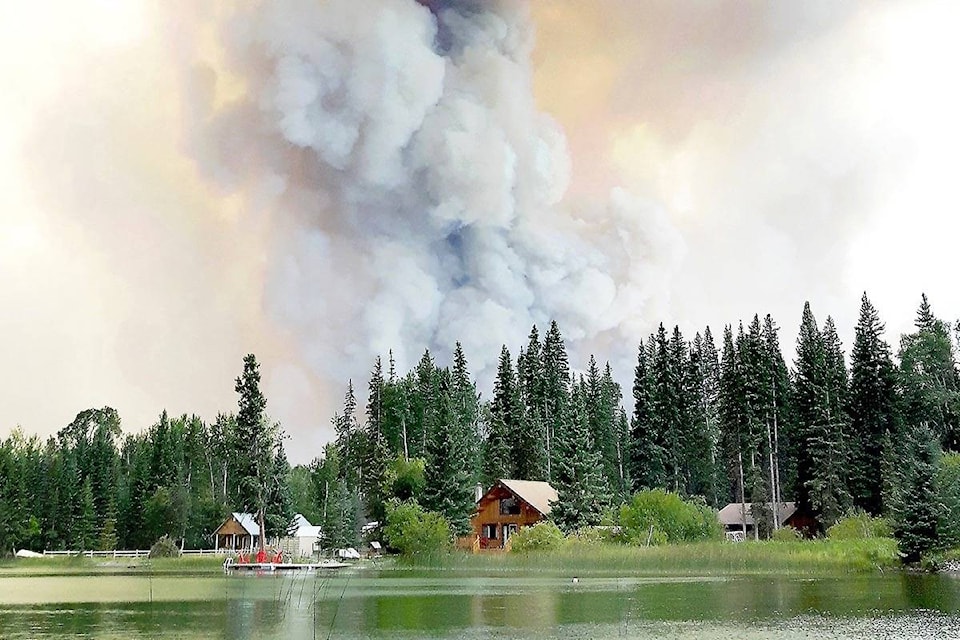This past summer of fires around B.C. should have been a warning to all of us in this timbered province. And we in Castlegar should certainly take heed.
Somehow we were missed during the intense heat, the thousands of lightning strikes, and the fires breaking out everywhere. Be very clear about this point — we were simply missed.
Certainly, there were fair-sized fires in our Columbia Valley region, one past Nelson and another along the U.S. border. But we in Castlegar came through unharmed by fire. With the relentless rains of the past few days, it doesn’t seem possible that Castlegar was on the verge of disaster. Truly, we were absolutely lucky.
We obviously had horseshoes in all the right places. Our situation vis-à-vis the forests is not much different than that of the towns and cities threatened by a fire. Given a different set of clouds and a different array of winds, we might have been faced with flames ready to engulf our homes and businesses. We might have had to evacuate.
“That can’t be true,” one friend commented recently. And I replied that our forests come right down to the backyards of many of our homes. If lightning struck to the west of Castlegar and the winds were blowing eastward, the resulting fire would quickly endanger many of our homes. The heavy fuel load beneath the trees would carry the fire into our residential areas so fast we might not have time to protect our properties or even to escape.
Clearly, large areas of the surrounding forest are laden with debris, much of it tinder dry in summer. Some of this surrounding forest fuel load is on crown land, but a lot of it is private property. While the government occasionally works at cleaning up bits of crown land such as occurred here in Castlegar in 2007 or 2008, it never provides enough funding. At that time, some mitigation happened in the Merry Creek area, but the project ran out of money before all of the work was done.
I need not remind Castlegarians that the Kelowna fire a few years ago spread across the mountainsides mainly because of the heavy underbrush. On the day that fire started, I was across the lake near Peachland tasting wine and watching small columns of smoke spiralling upward on the eastern side of the lake. Helicopters with buckets of water were being used to attack this small fire because the water bombers were needed elsewhere. Later in the day, the whole mountainside was aflame with the fire moving northward.
So the fuel load under our nearby forests at Castlegar combined with the excessive heat of the past summer could have been deadly. If the same hot weather without rain continues next summer, it represents a forest fire waiting to happen. One lightning strike and we’re goners.
One barbershop patron I talked with recently emphasized the extreme danger surrounding Castlegar. His idea about prevention was that the City and Regional Districts should build a gigantic fireguard around our city. At the very least, he said, we need some back-burning and clearing out of the undergrowth. This is reiterated by Sarah Breen, Columbia Basin Rural Development Institute spokesperson, who stated that communities need to develop fuel management programs to protect our homes and businesses before the fires start (See West Kootenay Advertiser, Oct. 19, 2017, A17).
Burned-out homes, stripped-off properties, and shattered lives are features of various B.C. municipalities year after year. Money put into prevention and contingency plans would likely save a lot of anguish in the lives of our citizens. We need to have a safe, protected community — and right now, it’s not.
